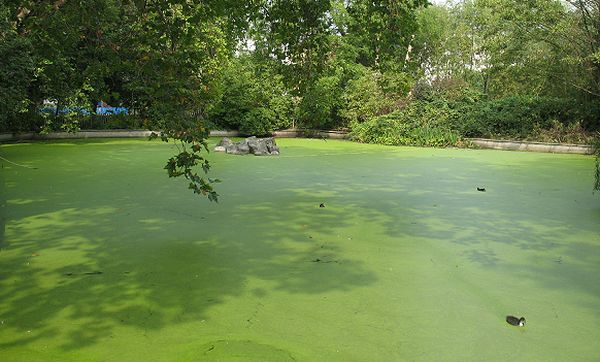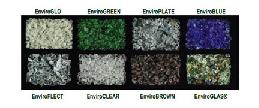
Removal of nuclear wastes, which are left behind in the nuclear reactors, is a hazardous task and requires professional handling depending on the radioactivity it might produce and also entails hours of reprocessing to keep it away from extreme exposures. To handle this clear-up process in a far more natural and hazard-free manner, a new study regarding freshwater pond algae might prove to be very helpful. Researchers from Northwestern University and Argonne National Laboratory have seen that common freshwater algae is gifted among other things with a remarkable ability to remove strontium 90 (Sr-90), a major waste component from existing nuclear waste.
The Sr-90 has a half-life of about 30 years, is chemically very similar to calcium, and, thus, is also similarly drawn to bone. Now calcium is present in far greater abundance than Sr-90 in nuclear waste, and is completely harmless. However Sr-90 bands together with calcium and is difficult to differentiate and one’s continuous exposure to this waste causes cumulative cancer risk. Derk Joester, professor in Materials Science and Manufacturing at McCormick Northwestern School of Engineering and Applied Science has noted that the bright green algae called Closterium moniliferum, which is often seen in ponds, removes strontium present in the form of barium-strontium-sulfate crystals in nuclear wastes.
Joester in his report, which was published in the journal ChemSusChem, says that the crescent-shaped, single-celled algae naturally assemble biominerals that include non-radioactive strontium, and can intellectually differentiate it from calcium. By concentrating the Sr-90 in the form of solid crystals with very low solubility, the dangerous high-level waste could be isolated from the rest and moved separately. The algae’s ability to separate strontium from calcium occurs when the crystals are formed inside the cells. The algae first soak up barium, strontium and calcium from their watery environment. Strontium then is sequestered along with barium in the crystals, which remain in the cells, while the calcium is excreted from the cells.
Furthermore, the experiments conducted by the group, however, had used nonradioactive strontium, which is chemically identical to the radioactive version.
Via: Physorg




